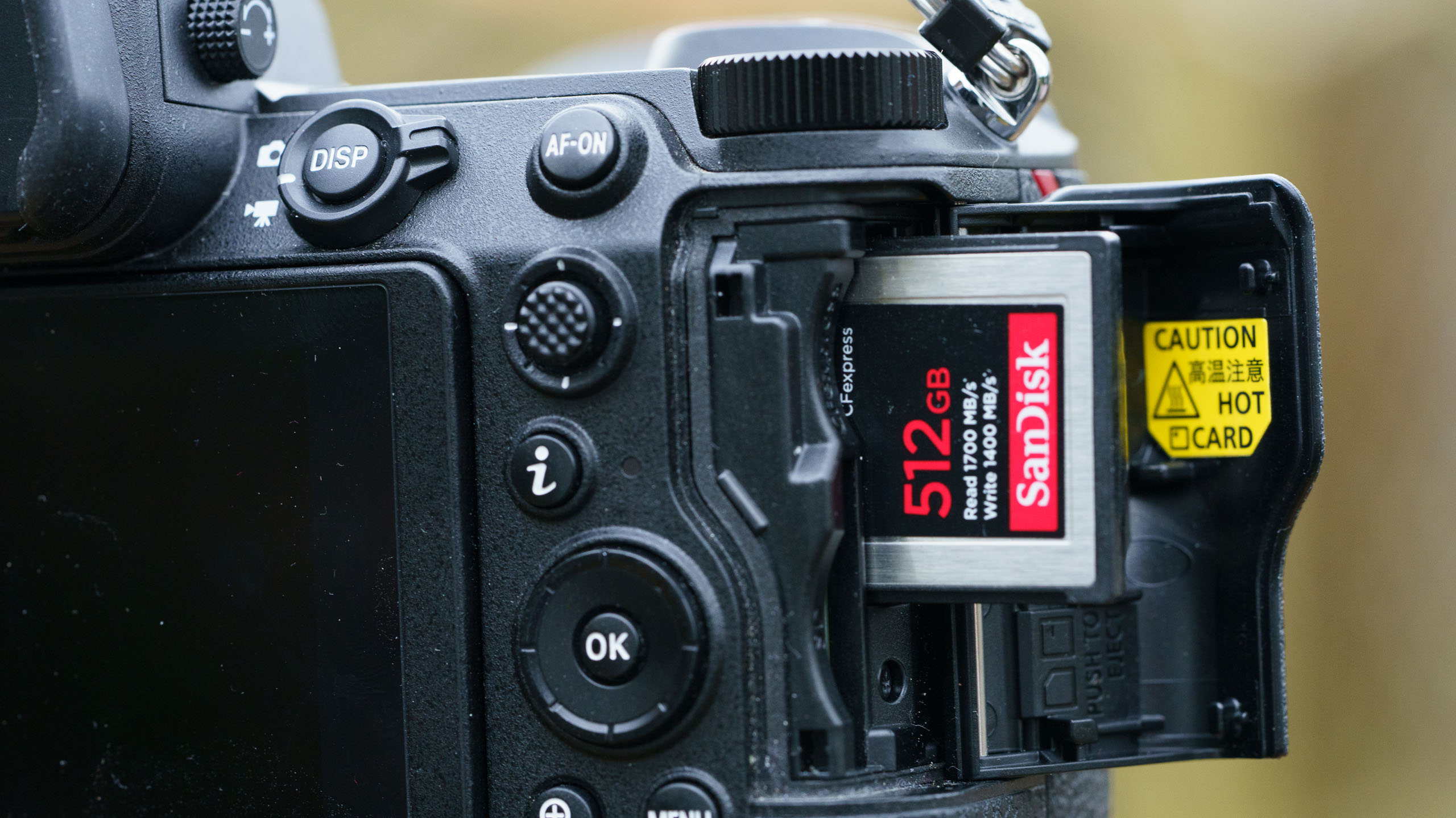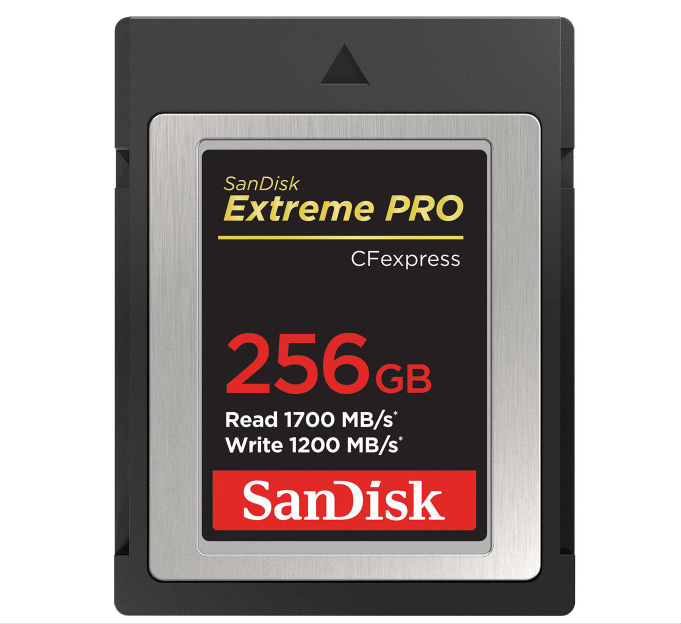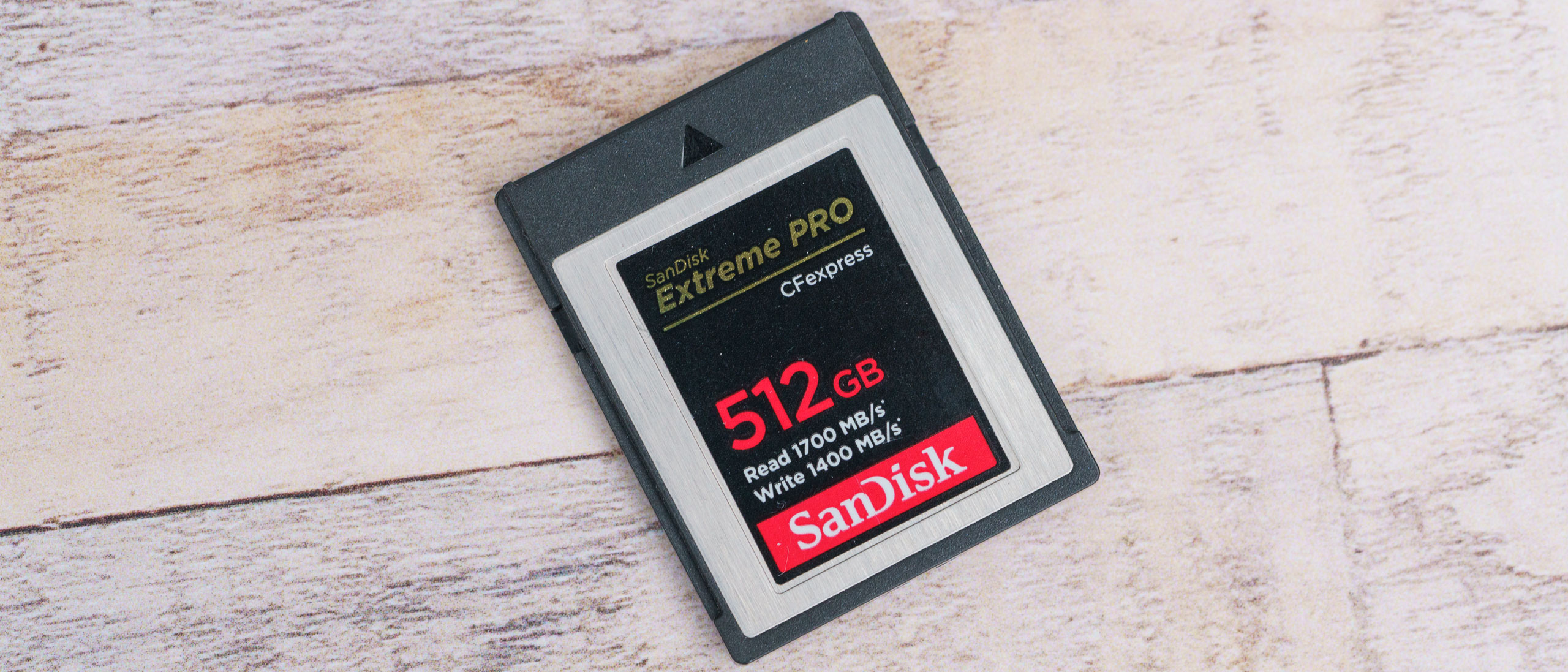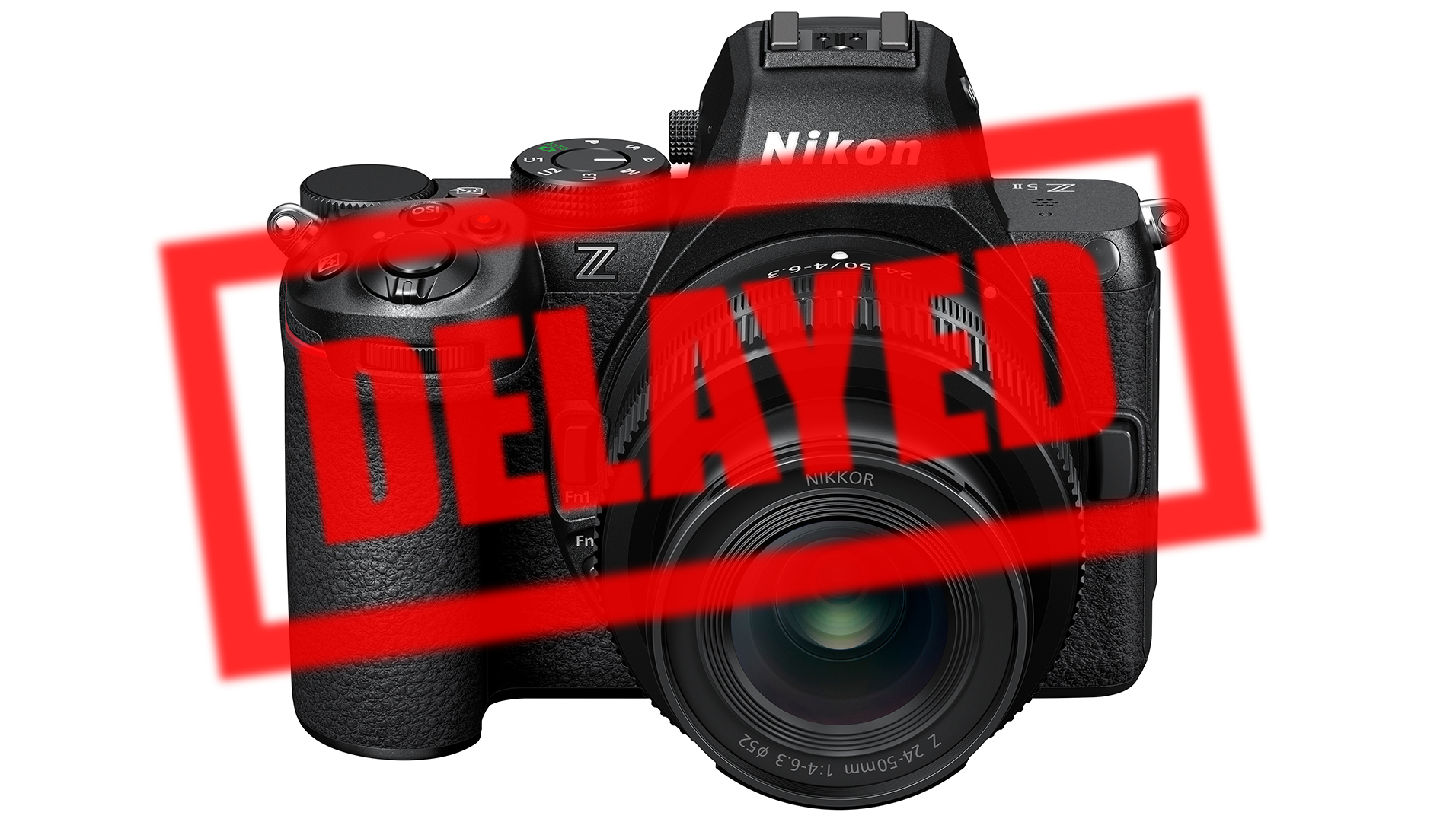Digital Camera World Verdict
SanDisk is one of the best-known memory card producers and it has a good understanding of the market, offering cards in a range of capacities starting at 64GB. The cards are also well-priced and it delivers one of the best performances that we’ve seen in-camera so you can be sure to get the best from whatever you’re shooting with.
Pros
- +
Good range of capacities
- +
Attractively priced
- +
Respected memory manufacturer
Cons
- -
Large capacity cards still expensive
- -
Smaller cards offer slower speeds
- -
Doesn’t match the claimed speeds
Why you can trust Digital Camera World
Along with Lexar, SanDisk is one of the most widely-recognized memory brands. If offers a wide range of products including the Extreme Pro CFexpress Type B card in four capacities starting at 64GB and going up to 512GB. The smaller capacity cards are particularly attractive as they are the most affordable, but they have slower read and write speeds. The 64GB card, for example is the slowest with a maximum read speed of 1500MB/s and a maximum write speed of 800MB/s. With read/write speeds of 1700/1400MB/s, the 512GB is the fastest card in the range. It’s also well-priced for the card type and capacity but at around £500/$500 is still much more expensive than many photographers are prepared to stomach.
Provided that you register the card, SanDisk makes its RescuePRO Deluxe data recovery software available for free download just in case you accidentally delete a file.
Specifications
Max read speed: 1500-1700MB/s
Max write speed: 800-1400MB/s
Available capacities: 64GB, 128GB, 256GB, 512GB
Build and handling

While it adopts the familiar form factor, the SanDisk Extreme Pro CFexpress Type B eschews the metal casing on the sides that’s seen on the CFexpress cards from Delkin Devices, Lexar, Manfrotto and ProGrade Digital, but retains a metal plate on the front and back. However, it still feels well-made and much more robust than an SD or microSD card. It also slides smoothly into a camera’s card slot.
Like other the CFexpress cards that I’ve tested, the SanDisk card cannot be inserted the wrong way around into a card slot, it simply doesn’t fit.
Performance
While we can measure the performance of a memory card in a number of ways, the most important to most photographers is the maximum continuous shooting rate and burst depth that it enables in-camera. The SanDisk Extreme PRO CFexpress Type B does very well in this regard, consistently enabling up to 51 14-bit uncompressed raw files to be captured in one sequence at 10fps in the Nikon Z 7II. Switching to shoot fine-quality Jpegs, however, pushes the maximum burst depth to around 130. That means it enables the camera to go beyond its claimed buffer capacity (48 14-bit uncompressed raw files or 113 fine-quality Jpegs).
At 10fps, it takes 13 seconds to shoot 130 images which seems an incredibly long time when you’re standing on the touchline or kneeling as your dog lollops towards you. In practise, you’re likely to shoot in shorter bursts, but it’s great to know that the card can match the camera’s capability.
It also only took around 27 seconds to transfer 200 files from the Nikon Z7 II (100 raw and 100 Jpeg), taking up 10.33GB of space from the card to my iMac using a SanDisk Extreme pro CFexpress card reader connected to a Thunderbolt 3 port.
Using Blackmagic Design Disk Speed Test when a 512GB SanDisk Extreme PRO CFexpress Type B card was connected to my 2019 iMac via the SanDisk Extreme Pro CFexpress Card Reader (which supports USB 3.1 Gen 2 speeds) via one of the Thunderbolt 3 ports, I measured a read speed of 907MB/s and a write speed of 789MB/s. As we’ve seen before these numbers are down on the claimed speeds, but its the real-world performance of the card that’s more important.
• SanDisk Extreme Pro CFexpress Type B Card Reader review

Verdict
Like the other CFexpress cards that I’ve tested, the SanDisk Extreme Pro CFexpress Type B doesn’t match the claimed data transfer speeds in our bench tests, but it enables the Nikon Z 7II to capture more Jpegs and raw files than Nikon claims in a single burst. It also takes 4K 60P video in it’s stride, proving to be a great partner to a CFexpress-enabled camera.
Read more
Best memory cards
Best memory card readers
Best CFexpress cards
What is CFexpress Type A?
Angela has been testing camera gear from all the major manufacturers since January 2004 and has been Amateur Photographer’s Technical Editor and Head of Testing for Future Publishing’s photography portfolio (Digital Camera Magazine, PhotoPlus: The Canon Magazine, N-Photo, Practical Photoshop, Photography Week and Professional Photography magazines, as well as the Digital Camera World and TechRadar websites). She is the founder of SheClicks - a community group that encourages and supports female photographers.



